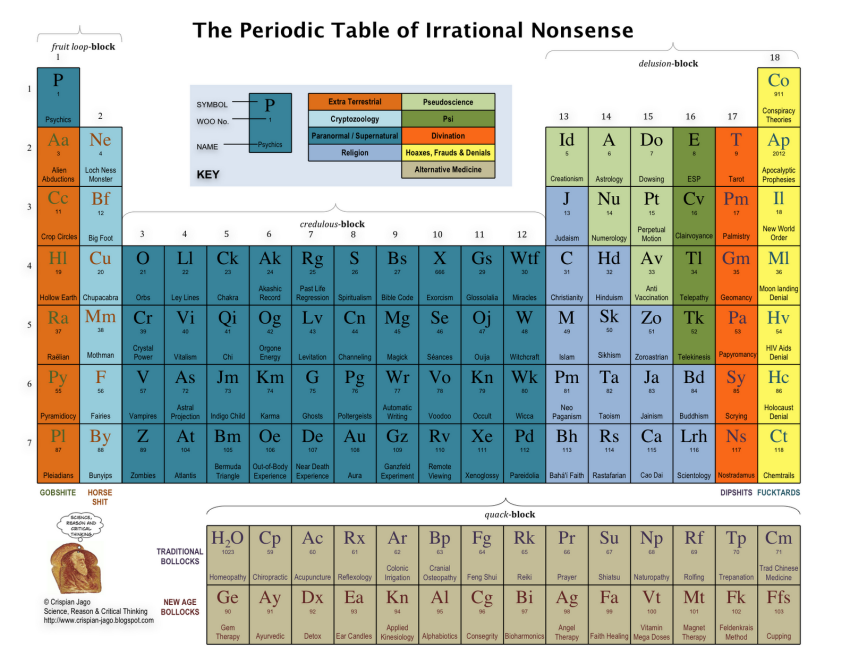You’ve undoubtedly heard lots of recommendations to reduce the salt in your diet, right? The western diet — especially the North American variant — has “too much salt”, and it’s killing us. At least, that’s what has been drummed into our heads for the last twenty years or more. The problem is that is may not actually be true, and in fact may create other health issues:
Although researchers quietly acknowledged that the data were “inconclusive and contradictory” or “inconsistent and contradictory” — two quotes from the cardiologist Jeremiah Stamler, a leading proponent of the eat-less-salt campaign, in 1967 and 1981 — publicly, the link between salt and blood pressure was upgraded from hypothesis to fact.
[. . .]
When researchers have looked at all the relevant trials and tried to make sense of them, they’ve continued to support Dr. Stamler’s “inconsistent and contradictory” assessment. Last year, two such “meta-analyses” were published by the Cochrane Collaboration, an international nonprofit organization founded to conduct unbiased reviews of medical evidence. The first of the two reviews concluded that cutting back “the amount of salt eaten reduces blood pressure, but there is insufficient evidence to confirm the predicted reductions in people dying prematurely or suffering cardiovascular disease.” The second concluded that “we do not know if low salt diets improve or worsen health outcomes.”
The idea that eating less salt can worsen health outcomes may sound bizarre, but it also has biological plausibility and is celebrating its 40th anniversary this year, too. A 1972 paper in The New England Journal of Medicine reported that the less salt people ate, the higher their levels of a substance secreted by the kidneys, called renin, which set off a physiological cascade of events that seemed to end with an increased risk of heart disease. In this scenario: eat less salt, secrete more renin, get heart disease, die prematurely.
With nearly everyone focused on the supposed benefits of salt restriction, little research was done to look at the potential dangers. But four years ago, Italian researchers began publishing the results from a series of clinical trials, all of which reported that, among patients with heart failure, reducing salt consumption increased the risk of death.




